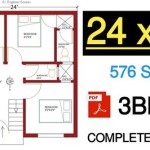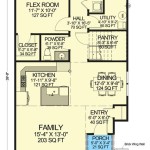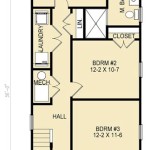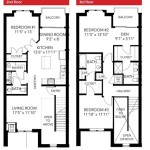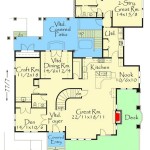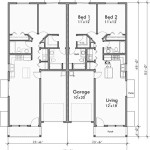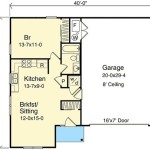Floor Plans For My Home
Creating a home that meets your specific needs and desires requires careful planning, and floor plans are the foundation of this process. A well-designed floor plan will not only determine the overall layout and flow of your home but also impact its functionality, comfort, and aesthetic appeal.
Understanding Floor Plan Basics
A floor plan is a scaled drawing that represents the layout of a structure from a bird's-eye perspective. It typically includes the following elements:
- Exterior walls and their dimensions
- Interior walls and their thickness li>Windows and doors, indicated by their location and sizes
- Rooms and their purpose (e.g., bedroom, kitchen, living room)
- Stairs, if applicable
Types of Floor Plans
There are various types of floor plans to accommodate different needs and styles:
- Open Floor Plan: Minimizes interior walls to create a spacious and interconnected space.
- Traditional Floor Plan: Separates rooms by walls and hallways, providing privacy and defined spaces.
- Split-Level Floor Plan: Divides the home into different levels, creating a sense of separation and distinct areas.
- L-Shaped Floor Plan: Forms an L-shape with two wings connected at a right angle.
Essential Considerations When Creating a Floor Plan
- Lifestyle and Needs: Plan the layout based on your daily routine, considering the number of occupants, their ages, and special requirements.
- Functional Flow: Ensure a smooth transition between rooms, avoiding unnecessary steps or obstacles.
- Natural Light: Position windows strategically to maximize natural light and create a bright and inviting space.
- Privacy and Comfort: Consider the placement of private areas (e.g., bedrooms, bathrooms) to maintain privacy and minimize noise disturbance.
- Storage and Organization: Plan for adequate storage throughout the home, including closets, cabinets, and built-ins.
Additional Tips for Creating the Perfect Floor Plan
- Seek Professional Help: An architect or designer can provide expert guidance and ensure your floor plan meets industry standards and building codes.
- Experiment with Different Layouts: Use online tools or graph paper to experiment with different room arrangements before finalizing your design.
- Consider Future Needs: Plan for potential changes in your lifestyle and family size by incorporating adaptable and flexible spaces.
- Pay Attention to Details: Carefully consider the placement of doors, windows, and walls to maximize space utilization and create a cohesive flow.
A well-conceived floor plan is crucial for creating a home that not only meets your practical needs but also enhances your well-being and creates a space you'll love for years to come. By following these guidelines and carefully considering your individual requirements, you can bring your dream home to life.

House Plans How To Design Your Home Plan

Where You Can Buy House Plans Live Home 3d

View Plans House Floor How To Plan

My Dream Home Free Design 3d Floor Plans By Planner 5d

House Plans How To Design Your Home Plan

How To Read A Floor Plan With Dimensions Houseplans Blog Com

My Home Free Design 3d House Floor Plans By Planner 5d

House Plan Free Architecture Design Naksha Images 3d Floor Make My Completed Project Plans Home Duplex

28 30x50 House Plans Ideas N

House Plans How To Design Your Home Plan


